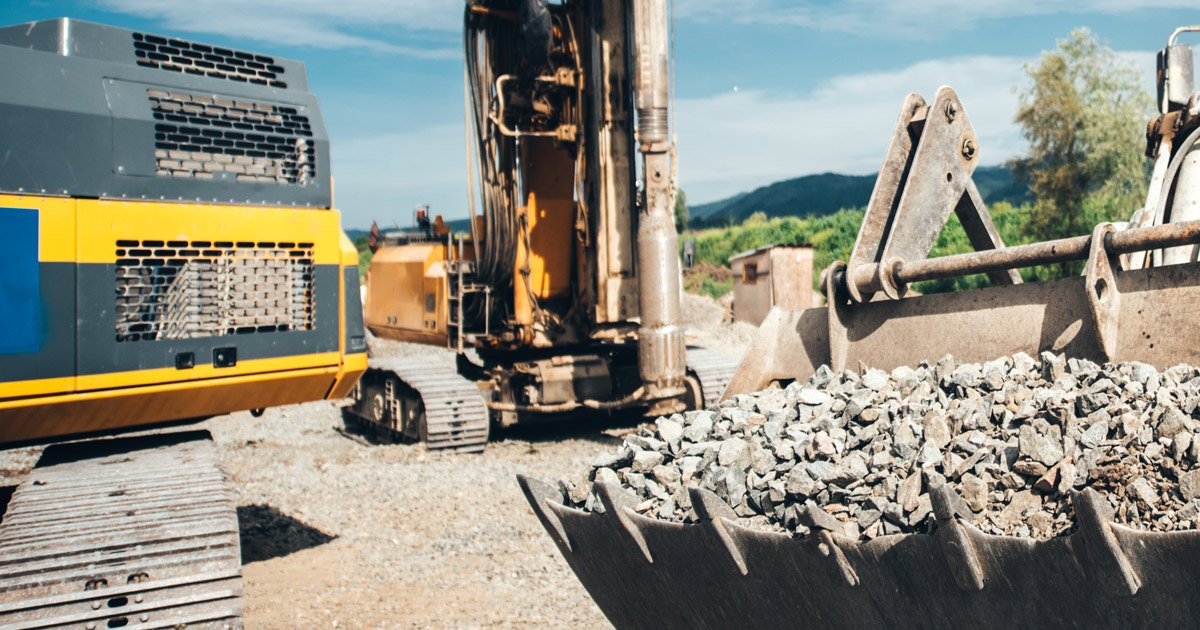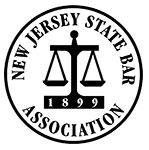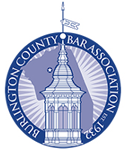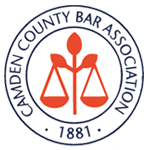The construction industry is a critical building block of American infrastructure and an important collaborator with other industries. However, it is also a notoriously dangerous industry, and it is up to employers to prioritize safety and prevent injuries. Construction work is a vital part of maintaining our transportation, housing, manufacturing, business, and even health care systems. Due to the nature of construction work, it is also a dangerous industry.
The Occupational Safety and Health Administration (OSHA) reports that fatal injuries in construction are higher than the national average, and there are many types of non-fatal construction injuries that may leave workers with temporary or permanent disability. Workers injured on a construction site are typically eligible for workers’ compensation benefits.
There are many different types of construction sites that workers find themselves on. This can include large jobs, such as the construction of a new building, demolition of an old one, or major highway renovations, or smaller sites, such as building renovations or road repairs. No matter the size of the job or the type of site, most construction sites have features in common that include heavy equipment and materials, vehicle traffic, and unstable objects. All of these features present risks to workers, and different job sites may have unique risks in addition to these.
Fall Injuries
One of the most common types of construction injuries is falls. Many construction jobs require employees to work at dangerous heights. Scaffolding is often erected on construction sites when there are renovations needed on the outside of a building, or when there is not yet a solid structure for workers to walk on. OSHA estimates that 2.3 million construction workers perform tasks on scaffolding, so it is crucial for it to be erected carefully and properly. Scaffolding that is not properly braced, lacks the necessary guardrails or ladders, or has loose planks can cause workers to fall. Scaffolding can also weaken over time or suffer heat damage, causing it to collapse. There are approximately 4,500 injuries involving scaffolding each year, of which about 50 are fatal.
There are other ways that falls can occur on a construction site. New buildings or those undergoing heavy renovations will have holes and openings that get patched as construction progresses. Without proper guardrails, restraints, or netting, workers may fall through. Workers may also find themselves on roofs or other high surfaces that do not have proper traction, making them more likely to slip and fall. Any worker who is more than six feet above another surface is at risk for injury if they fall, and hazards such as exposed rebar may make these injuries more severe.
Ladders can also be a hazard if they are not properly secured or if they are the wrong size for the job. About 24,882 construction injuries involving ladders occur each year, many of which are severe enough to force employees to miss work. Construction sites often have uneven or slippery surfaces that can cause workers to slip, and cables or other objects blocking pathways may also result in fall accidents.
Struck-By Object Injuries
Workers struck by objects account for approximately 10 percent of construction-related deaths. There are many moving parts on a construction site, including large equipment, such as cranes and forklifts. When cranes are in use, it is important to ensure that no employees are in the swing radius, or they could be hit by the crane or its load. Loads that are not properly secured or are too heavy may come loose and fall on top of workers, causing serious injury. Forklifts cause approximately 95,000 injuries each year, many of which occur when they are not properly weighted and tip over.
Construction sites have various types of vehicles moving around, including delivery trucks and transportation vehicles. Pathways must be kept clear, so workers are not struck by cars or trucks on the site. Sites near moving traffic can be especially dangerous, as drivers are often moving quickly and may not be anticipating a change in the traffic pattern. Construction areas must be clearly marked to keep drivers from hitting workers while on the road.
Other Common Construction Hazards
Incidents involving electrical safety account for approximately eight percent of construction fatalities. Whether workers are constructing, renovating, or demolishing a building, they are likely to encounter exposed electrical circuits and power lines. If power is not shut off to these utilities before workers enter the space, they are at risk of shock or electrocution. Conductive materials, such as metal or water, can also transfer electricity and put workers at risk. Construction workers must ensure that they are using the right cables so that the electrical charge can be grounded, and damaged cables should be replaced immediately. Scaffolds, ladders, and other equipment should be kept at least 10 feet away from power lines to prevent an accident that can cause serious injury.
Similar to struck-by accidents, caught in/between accidents are common on construction sites. An estimated seven percent of fatal construction injuries are caused by caught in/between accidents, in which a worker is pinned between two objects. This type of accident is often the result of a trench collapse, which can occur when trench walls are not properly shored or sloped. Falling equipment, scaffolding, or improperly secured walls can also pin workers against another surface and crush them.
Workers on construction sites are often exposed to hazardous materials, including dangerous or corrosive chemicals. If labeled sufficiently and handled properly, they can be used safely, but spills and improper disposal methods can result in serious injury. Some chemicals can have dangerous fumes or dust that can cause respiratory problems; others can cause severe burns to the skin or eyes. Hazardous materials on a construction site may also be flammable or combustible.
Asbestos can be a serious risk to construction workers. There are many buildings that still contain asbestos, and workers may encounter it when doing repairs, renovations, or demolitions. When asbestos is disturbed, fibers become airborne and can be inhaled or ingested, resulting in serious lung diseases, such as mesothelioma, lung cancer, or asbestosis. If workers encounter asbestos on a job site, it should be properly labeled, and a thorough asbestos abatement should take place.
Construction workers who are injured or become ill due to hazards they encounter at work can receive workers’ compensation benefits to cover medical costs and lost wages. Construction injuries can range from minor bruises, lacerations, or muscle strains to extremely severe injuries, such as fractures, amputations, or traumatic brain injuries. Workers may need to take time off of work to recover, and they may be left with some form of disability. Workers’ compensation benefits are a vital resource for injured or ill workers, and an experienced workers’ compensation lawyer can help workers ensure they receive all the benefits to which they are entitled.
Cherry Hill Workers’ Compensation Lawyers at Pietras Saracino Smith & Meeks, LLP Advocate for Injured Construction Workers
If you or a loved one suffered a construction-related injury or illness, call the Cherry Hill workers’ compensation lawyers at Pietras Saracino Smith & Meeks, LLP. Our lawyers have the knowledge and experience necessary to handle all types of cases, and we will work tirelessly to ensure you receive the maximum compensation available so that you can focus on your recovery. Located in Cherry Hill, New Jersey, we help construction workers throughout South Jersey, including Camden, Cinnaminson, Delran, Maple Shade, and Pennsauken. Call us today at 856-761-3773 or contact us online for a free consultation.







